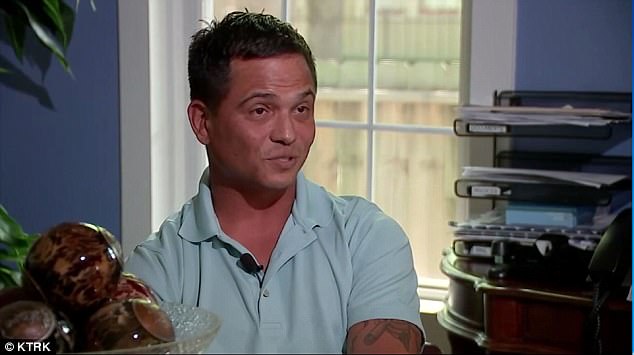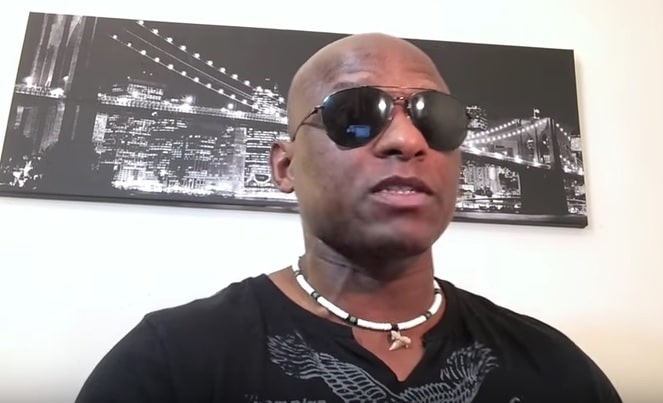
A Houston man is on the hook for $65,000 in child support for a child that’s not his.
Gabriel Cornejo, 45, took a DNA test proving a child his ex-girlfriend had 16 years ago was not his.
The test was too late. In 2003, a child support court in Houston ruled that Cornejo owed his ex-girlfriend child support because, she claims, there was no way he wasn’t the father.
At the crux of why Cornejo must pay up is Texas’ family code, chapter 161, which states, even if you’re not the biological father, you still owe child support that accrued before the DNA test proves you’re not the father, Cornejo’s lawyer Cheryl Coleman told Chron.com.
“I’ve researched the records and found that there is an issue with the service where they served him back in 2002,” Coleman said. “There are some anomalies with how this case handled by the attorney general’s office. He was never served with those documents in 2002 when the actual paternity petition was filed against him.”
In further support of why Cornejo is on the line for the child support is a claim from the ex-girlfriend that the child support started coming out from Cornejo’s paycheck without his objection.
‘There were three garnishments of $31 each when he worked at a dealership. He’s never gotten a letter from the state of Texas,” Coleman said. “At issue is he’s still not the father. Nobody is disputing that. The mother is not disputing that.”
http://www.chron.com/news/houston-texas/article/Houston-man-must-pay-child-support-for-kid-that-s-11305261.php





